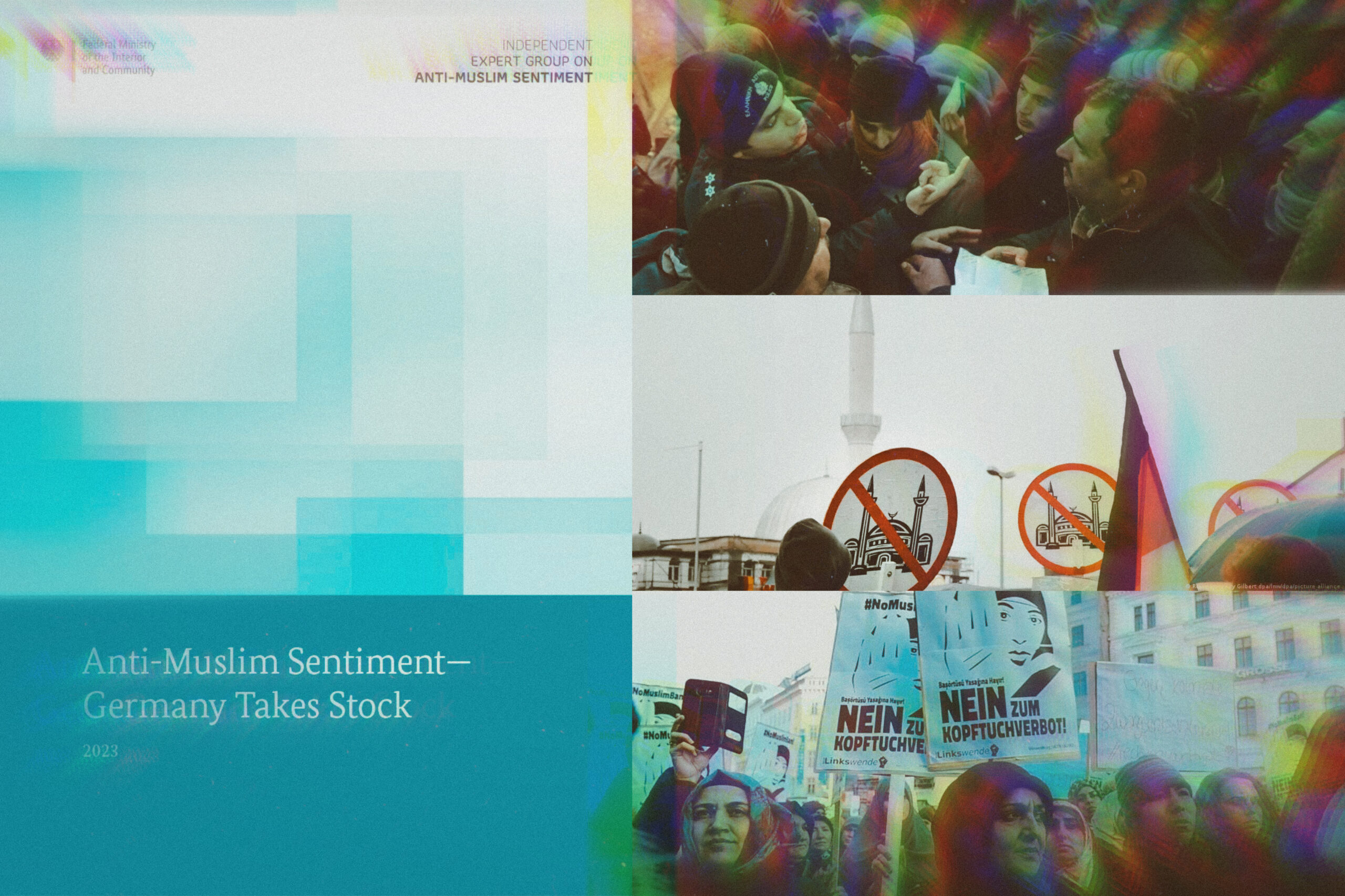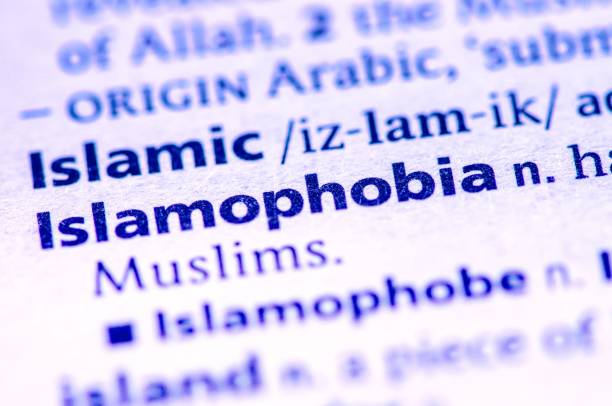The northern part of Neukölln is an urban district of superlatives. More than 60 per cent of its inhabitants have a “migration background” and 73.5 per cent of the children live in poverty. Nowhere else in Germany do so many inhabitants draw unemployment benefit, government transfer payments or Hartz IV welfare benefits. The number of aggressive and hardcore criminals has trebled since 2006.
Since 1999, parts of Neukölln have received special funding, for instance for environmental and cultural projects, security measures, the construction of playgrounds and sports areas and the redesign of house entrance areas. Two years ago, a group of European Commission and Council of Europe delegates were impressed by the diversity and quality of educational projects in Neukölln. Council of Europe expert Phil Wood was very enthusiastic in his praise for the district, saying: “Neukölln is a view of the future of many cities in Europe and around the world that will be shaped by immigration. The interculturalism that is already normal here will be the reality of many cities in the years to come.”
In 2008, Neukölln was selected to be a German partner in the European Intercultural Cities Programme, a network of eleven cities with a high proportion of immigrants that was to develop joint strategies for dealing positively with interculturalism.






